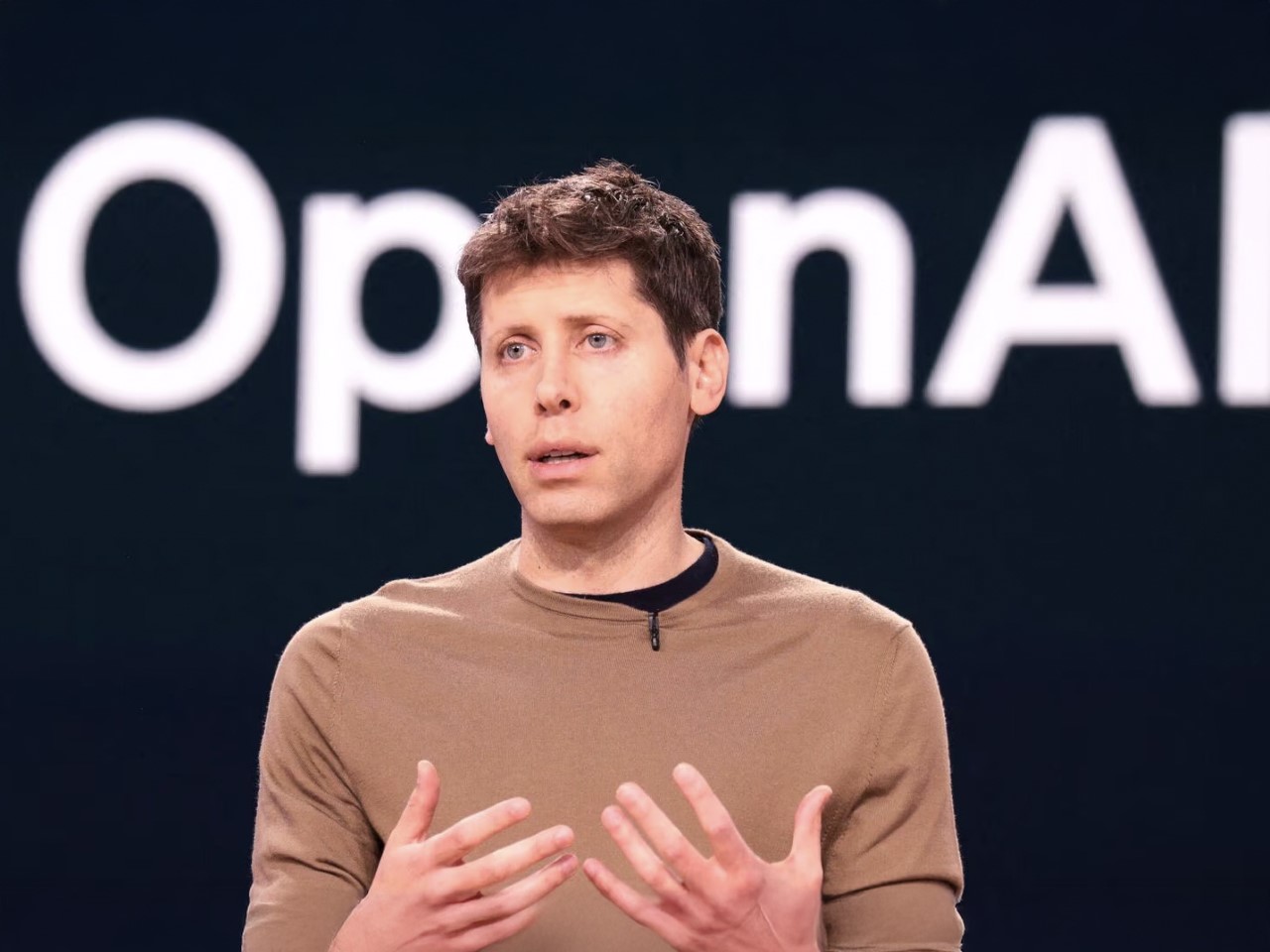
Although it was touted to be released in mid-2024, it seems that OpenAI will not be debuting GPT-5 anytime soon. Sam Altman confirmed that GPT-5 (possibly the next version of the AI LLM following o1) will not be meeting its expected deadlines, which means that we could see a significant delay in the version’s rollout. The reason, many speculate, is what they call the law of diminishing returns. GPTs or Generative Pretrained Transformers are only as capable as their technology allows, and increasing an AI’s database doesn’t necessarily translate to an AI being smarter or better.
The technical hurdles facing GPT-5’s development stem from fundamental challenges in its training process. Initial training rounds exposed unexpected limitations in the model’s ability to process and synthesize information effectively. Despite access to vast quantities of internet data, the model struggled to achieve the sophisticated understanding and reasoning capabilities that OpenAI had envisioned. This revelation highlighted a critical distinction between data quantity and quality in AI development.

The “Arrakis” testing phase, initiated in mid-2023, brought these challenges into sharper focus. Engineering teams discovered significant shortfalls in the model’s processing efficiency, raising concerns about both development timelines and resource allocation. With each training run requiring approximately half a billion dollars in computing resources, these efficiency issues transformed from technical concerns into substantial financial considerations that demanded careful strategic planning.
OpenAI’s response to these challenges demonstrates the complexity of modern AI development. Moving beyond traditional internet-based training data, the company initiated an innovative approach to dataset creation. This involved assembling teams of domain experts to generate high-quality training materials, encompassing everything from advanced coding challenges to complex mathematical problems and detailed conceptual frameworks. While this methodology promises improved results, it has significantly extended the development timeline.
The company’s strategic pivot toward developing advanced reasoning models represents a fundamental shift in approach. These new models focus on sustained critical thinking and problem-solving capabilities, requiring less specialized training data but introducing new layers of developmental complexity. This reorientation signals a broader evolution in how AI systems are conceived and developed.

Sam Altman’s confirmation that GPT-5 won’t launch in 2024 reflects a measured approach to AI development. This decision, while affecting market expectations, underscores a commitment to technological integrity over rapid deployment. The delay illuminates the intricate balance between innovation ambition and practical constraints in advancing artificial intelligence capabilities.
The implications of GPT-5’s postponement extend beyond OpenAI’s immediate timeline. This development provides valuable insights into the challenges facing next-generation AI systems. As the field continues to evolve, these technical and resource obstacles are shaping both the pace and direction of AI advancement. The lessons learned during this process will likely influence AI development methodologies and expectations well into the future.
For the broader technology sector, GPT-5’s delay serves as a reminder that progress in artificial intelligence isn’t simply a matter of computational power and resources. It requires careful navigation of complex technical challenges, thoughtful resource allocation, and an unwavering commitment to quality and capability standards that define the next generation of AI systems.
The post OpenAI Delays Launch of GPT-5 Following ‘Poor Results’ and High Costs first appeared on Yanko Design.






0 Commentaires